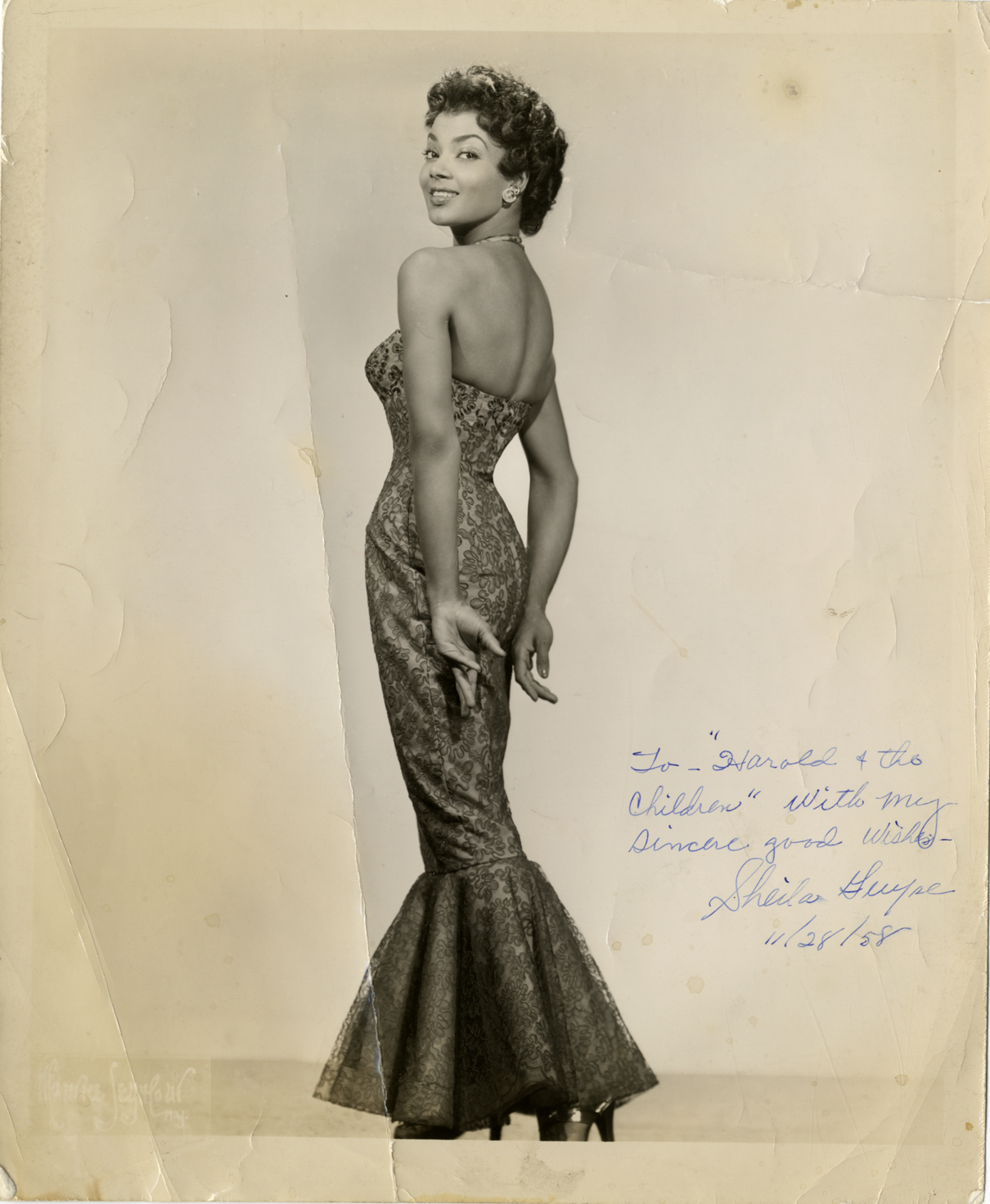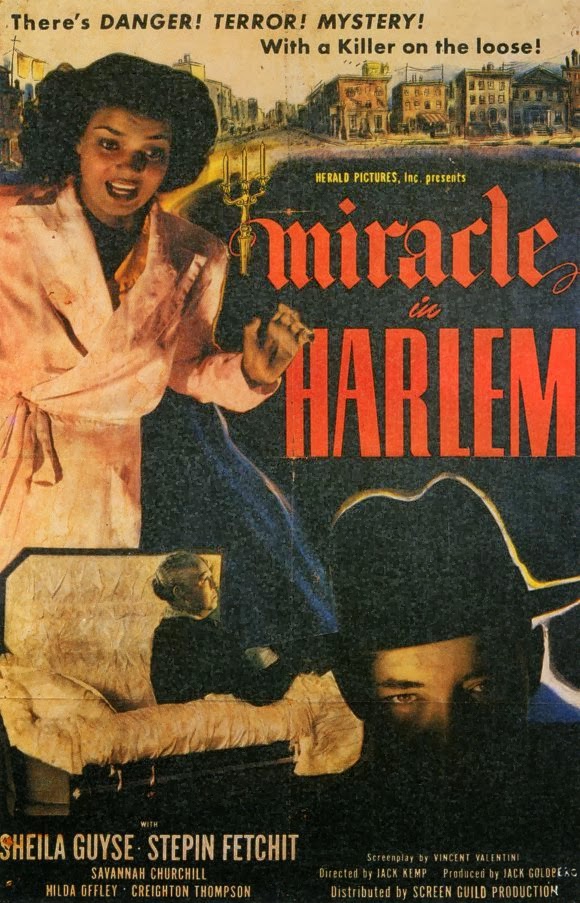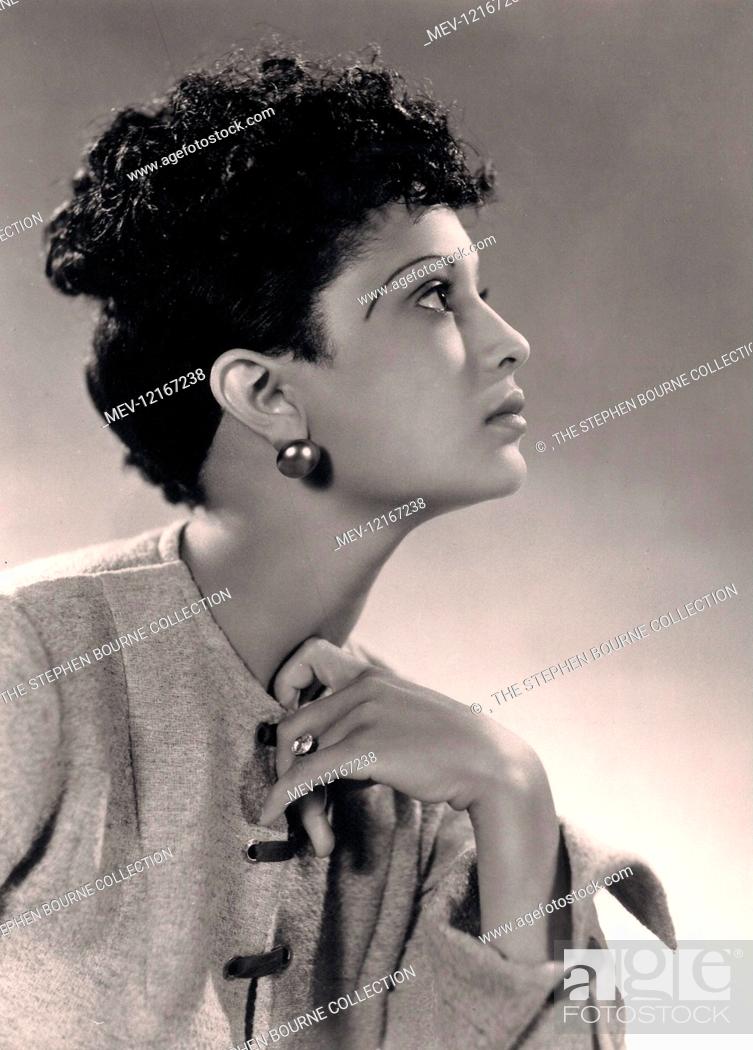
Etta Drucille Guyse, known profesionally as Sheila Guyse, was born July 14, 1925 in Forest, Mississippi and passed in Honolulu, Hawaii on December 28, 2013. An all-round performer (singer, film and stage actress, recording artist) her popularity was in the 1940s and 50s. Other work she was paid for was modeling. She graced the covers o Jet, Ebony, Our World and Hue several times.
In the all-Black produced, performed and written "race films," Sheila was usually casts as the "girl next door" with something extra. Her biggest hits were Boy! What a Girl! (1947); Sepia Cinderella (1947) and Miracle in Harlem (1948). Known for her naturalness when it came to acting, directors still sought her out even though she was not trained in the craft.
.jpg)
Popular, well-liked, talented she did work a lot even though plagued with bad health for many years of her career. Diagnosed with stomach ulcers among other ailments, Sheila still racked up credits and performed when she could. Wed 3 times, and the mother of 3, Sheila stayed married to her last husband until his death in 2012.

Sidelined a lot by her ailments, she always made her way back to the entertainment industry somehow. Her last attempt was in 1958 with her last studio album This is Sheila. Battling ill health, she continued on until she could no longer face the grind to get back once more. A final diagnosis of Alzheimer's disease bested her and on December 28, 2013 at the age of 88, complications from the disease took her life.







